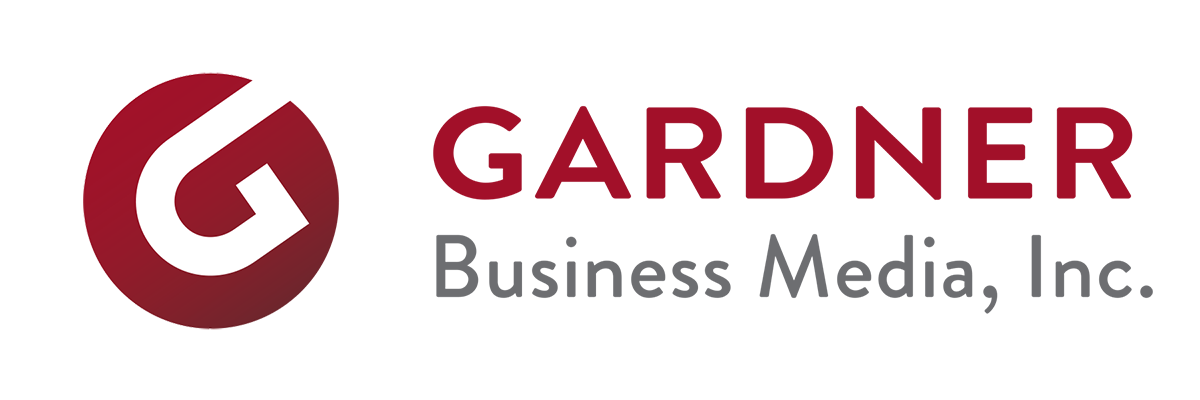Avoiding the Sheet Metal Tilt
Although laser cutting parts from sheet metal is fast, accurate and allows complex geometries to be created, according to the folks at Bystronic (bystronicusa.com), a system supplier, there can be a problem when cutting thin-gage materials.
Although laser cutting parts from sheet metal is fast, accurate and allows complex geometries to be created, according to the folks at Bystronic (bystronicusa.com), a system supplier, there can be a problem when cutting thin-gage materials. It’s referred to as “tilt.”
While the laser performs non-contact cutting, there is an assist gas used for the process. The pressure of the gas can blow the parts from the flat surface plane: cause them to tilt. This makes them a collision obstacle for the moving cutting head as well as an impediment to automated unloading—many end effectors have trouble handling parts that aren’t parallel to their contact surface.
The workaround for this problem has been “micro-tabs”: Instead of cutting all the way around the perimeter of the part, the laser is programmed to leave some tiny connection points at strategic places to ensure the part remains flat. Unfortunately, micro-tabs strong enough to hold the part flat are also strong enough to complicate the removal of the part with automation. And then the part will need further processing to remove all traces of each micro-tab.
Bystronic’s “TiltPrevention” intelligent assistance function, part of the company’s BySoft 7 application software, prevents tilting while minimizing and often eliminating the need for micro-tabs. It analyzes variables such as the density of the sheet metal, the geometry and weight of each part, each part’s position on the grid, and the assist gas pressure. Based on these, the software creates a simulation and plots the optimal point on the perimeter of each part for the cutting path to begin and end (with the start-finish point having an effect on potential tilting).
In cases where micro-tabs are still needed, the software plots the optimal positions for them in order to minimize their number. The solution also ensures that once a part is cut, the cutting head and its assist gas won’t pass over it a second time. The generated simulation enables part nesting modifications as well.
By eliminating delays caused by tilted parts, the program improves quality and throughput. You’ll think you’ve finished a part run in no time, flat.

